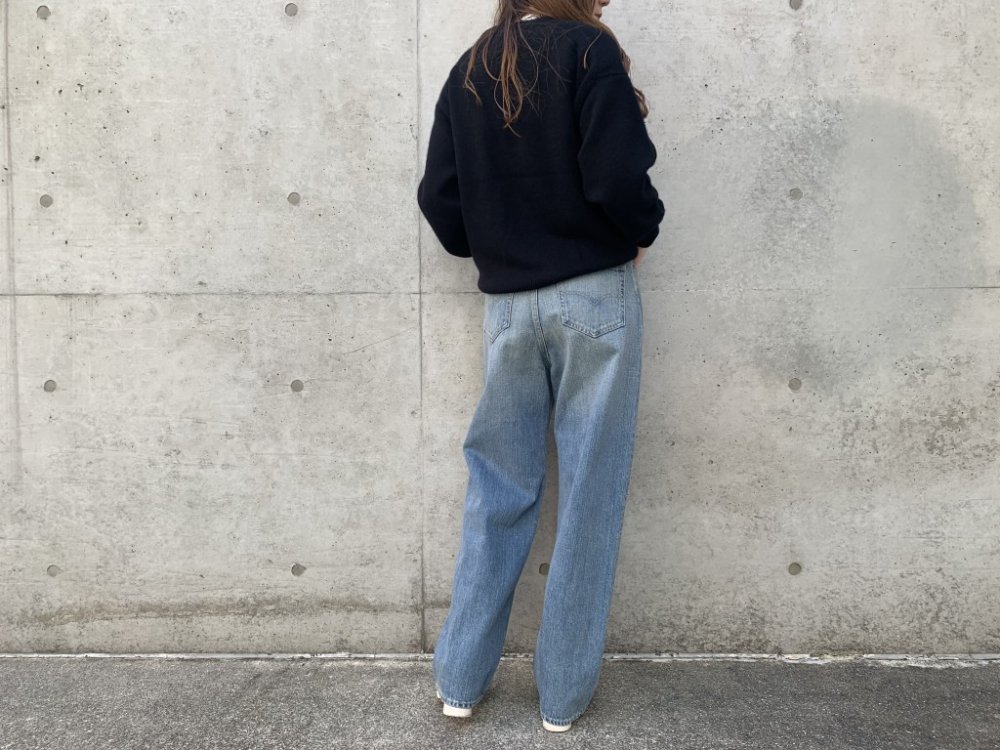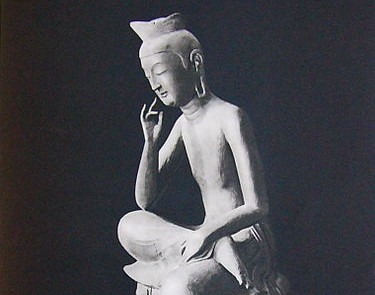Lola701
Well-Known Member
- Joined
- Oct 27, 2014
- Messages
- 14,060
- Reaction score
- 38,036
It’s stunning. The funny thing about Junya is that he moves around the same themes again and again but somehow, the magic is still intact. I have pieces from +10 years ago in the same vibe and they are timeless and still Lights up the simplest of look.
What I love about those pieces is the Couture feel to it while being totally practical and made for everyday life. The bar bomber jacket, the opera coat or the manteau cloche are stunning.
You can wear them with a long jersey black dress for the evening and for everyday life, a pair of black pants and some brogues, a cashmere polo shirt and it’s a done deal!
What I love about those pieces is the Couture feel to it while being totally practical and made for everyday life. The bar bomber jacket, the opera coat or the manteau cloche are stunning.
You can wear them with a long jersey black dress for the evening and for everyday life, a pair of black pants and some brogues, a cashmere polo shirt and it’s a done deal!


 )
)
